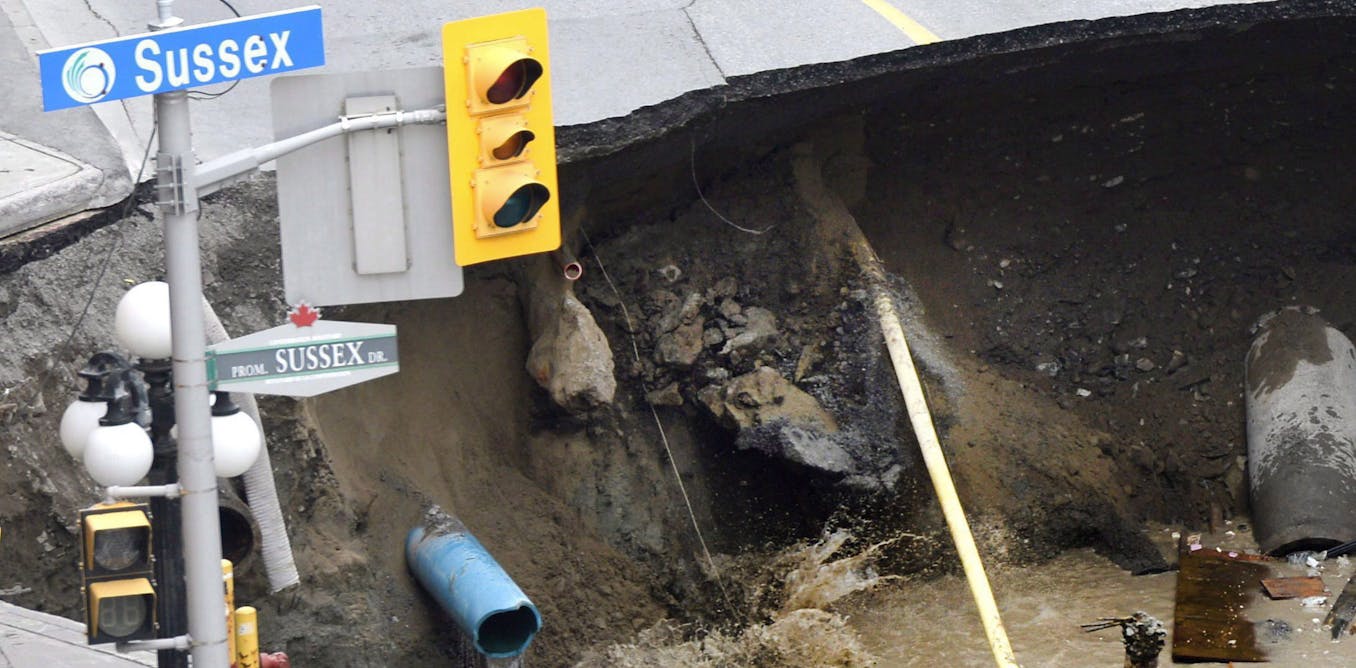In the rocky terrain of China’s Sichuan province, a massive X-shaped building is quickly rising, its crisscrossed arms stretching outward in a bold, futuristic design. From a satellite’s view, it could be just another ambitious megaproject in a country known for building fast and thinking big. But to some observers of Chinese tech development, it’s yet more evidence that China may be on the verge of pulling ahead in one of the most consequential technological races of our time: the quest to achieve commercial nuclear fusion.
Fusion—the process that powers stars—promises nearly limitless clean energy, without the radioactive waste and meltdown risk of fission. But building a reactor that can sustain fusion requires an extraordinary level of scientific and engineering precision.
The X-shaped facility under construction in Mianyang, Sichuan, appears to be a massive laser-based fusion facility; its four long arms, likely laser bays, could focus intense energy on a central chamber. Analysts who’ve examined satellite imagery and procurement records say it resembles the U.S. National Ignition Facility (NIF), but is significantly larger. Others have speculated that it could be a massive Z-pinch machine—a fusion-capable device that uses an extremely powerful electrical current to compress plasma into a narrow, dense column.
“Even if China is not ahead right now,” says Decker Eveleth, an analyst at the research nonprofit CNA, “when you look at how quickly they build things, and the financial willpower to build these facilities at scale, the trajectory is not favorable for the U.S.”
Fusion is a marathon, not a sprint—and China is pacing itself to win.
Other Chinese plasma-physics programs have also been gathering momentum. In January, researchers at the Experimental Advanced Superconducting Tokamak (EAST)—nicknamed the “Artificial Sun”—reported maintaining plasma at over 100 million °C for more than 17 minutes. (A tokamak is a doughnut-shaped device that uses magnetic fields to confine plasma for nuclear fusion.) Operational since 2006, EAST is based in Hefei, in Anhui province, and serves as a testbed for technologies that will feed into next-generation fusion reactors.
Not far from EAST, the Chinese government is building the Comprehensive Research Facility for Fusion Technology (CRAFT), a 40-hectare complex that will develop the underlying engineering for future fusion machines. Results from EAST and CRAFT will feed into the design of the China Fusion Engineering Test Reactor (CFETR), envisioned as a critical bridge between experimental and commercial fusion power. The engineering design of CFETR was completed in 2020 and calls for using high-temperature superconducting magnets to scale up what machines like EAST have begun.
Meanwhile, on Yaohu Science Island in Nanchang, in central China, the federal government is preparing to launch Xinghuo—the world’s first fusion-fission hybrid power plant. Slated for grid…
Read full article: China Takes a Bold Leap in Fusion Energy

The post “China Takes a Bold Leap in Fusion Energy” by Tom Clynes was published on 04/29/2025 by spectrum.ieee.org






































Leave a Reply